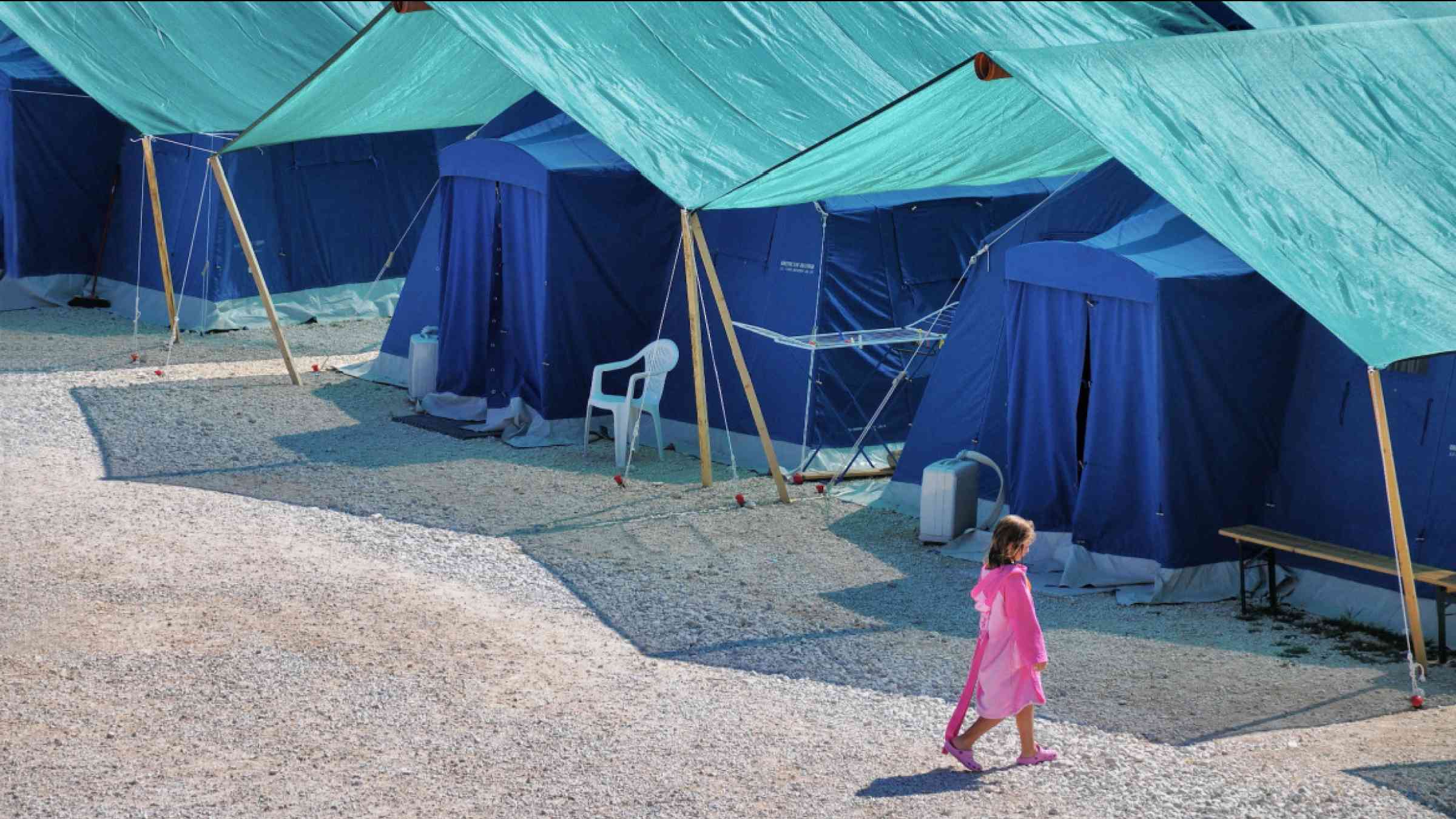Only resilient recovery can provide long-term protection from climate shocks and stresses

For many communities around the world, climate-induced disasters are now an inevitable part of life – with devastating impacts on lives and livelihoods, assets and infrastructure, ecosystem and water resources. When recovering from such events, it is senseless to rebuild structures – both physical and social – that are incapable of resisting the hazards that will inevitably follow.
Why resilient recovery is needed
The recovery stage of the disaster risk management cycle is essential for not only restoring stability after a disaster, but also achieving sustainable development goals in the long term – however it is all too often overlooked. Crucial decisions are made in the tumultuous post-disaster period, rather than being agreed in advance, and opportunities to build back better go unseized.
The aftermath of the 2015 Gorkha earthquake was a signal, not just to Nepal but to the entire world, that more needs to be done to pre-plan disaster recovery efforts.
Recovery planning pays off
Lessons have been learned, and progress is being made – some of which has been evident in the country’s ongoing response to the 3 November earthquake in Nepal’s Jajarkot region. Swifter and greater engagement has been observed at all levels of government, with all seven provincial governments involved in the response.
Legislation passed since the Gorkha earthquake, including the Disaster Risk Reduction and Management Act of 2017, has facilitated recovery planning, including the unprecedented mobilizing of internal resources.
However, looking at the global picture – including increasingly frequent and intense climate-induced hazards – it is clear that significant gaps remain. Now more than ever, governments of at-risk countries must get robust, properly-funded plans and strategies in place before the next disaster arrives.
What makes recovery resilient?
The Zurich Flood Resilience Alliance, of which Practical Action is a member, has analysed several major flood events over the last decade, and their impact on communities.
A new report consolidates the key learnings from these events, and identifies ways in which communities can ensure ‘build back better’ goes from buzzword to reality:
- Firstly, recovery efforts must be risk-informed, with comprehensive management strategies put in place that acknowledge concurrent threats. This includes translating climate projections and real-time scientific data into forward-looking recovery efforts, so that communities have the knowledge and tools needed to face present and evolving climate hazards.
- They must also be multi-dimensional, encompassing social, human, natural, financial, and physical factors that collectively enhance resilience to climate threats. Recognizing the interconnectedness of these factors is essential for a truly effective resilient recovery.
- Finally, they must take an inclusive approach that addresses the needs of all women, men, and children affected, particularly the most marginalized and vulnerable, and empowers them to actively participate in locally led recovery decision-making.
Three recommendations for resilient recovery
Resilient recovery can be transformational, but these gains will not happen without commitment and concerted efforts from national governments, strongly supported by the international community. To achieve this, we have three key recommendations:
- At the national level, the importance of pre-planning cannot be overstated. Roles and responsibilities for all national and regional actors must be clarified in advance, with pre-planned finance available to access swiftly. Governments must also establish a framework for resilient recovery, containing legal provisions, policies, and plans that encompass all levels of decision-making. Specific considerations must be made for the local level in particular, to ensure recovery efforts are context-specific and locally led.
- Bilateral donors, humanitarian and development organizations, international financial institutions and the private sector all have their part to play – primarily by improving both the quality and quantity of climate finance. It is vital that commitments to this end are made at the upcoming COP28 summit in Dubai.
- An increase in the use of grants and other finance mechanisms designed to limit growing debt levels will ensure that recovery efforts are not hindered by avoidable debt crises. Furthermore, supporting countries with technical assistance and improved data can deliver recovery plans designed to be as future-proof as possible.
Resilient recovery must be prioritized
In the era of Loss and Damage, resilient recovery must become a top priority to protect all communities vulnerable to climate risks. Only by taking a comprehensive, people-centred approach – one that represents all voices and goes far beyond merely rebuilding physical infrastructure – can the long-term recovery needs of women, men and children be met.
For more on resilient recovery and how to achieve it, read the latest report from the Zurich Flood Resilience Alliance. A recording of a recent webinar on resilient recovery featuring Dr Uprety is available here.
Dr. Dharam Uprety is the Climate and Resilience thematic lead and expert for the Practical Action South Asia Office, based in Kathmandu. His work includes designing of climate and DRR programmes, early warning systems and climate technologies, forecast based financing and risk transfer, and disaster insurance. Dharam was an official delegate of the Government of Nepal for COP-26 and COP-27.